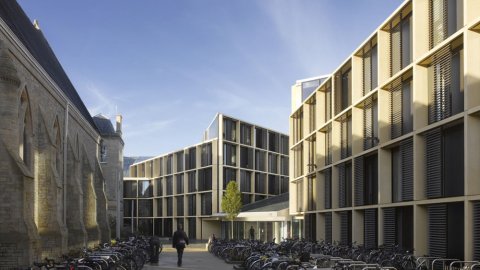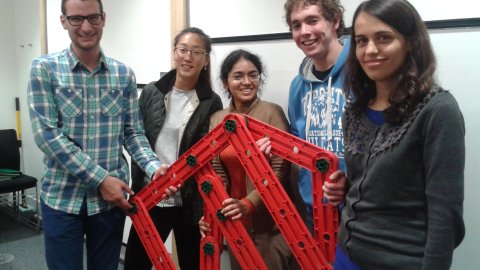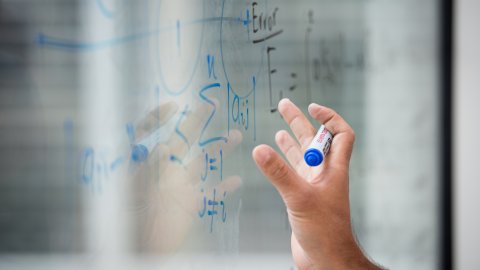14:15
Rogue waves in the open ocean — Non-linear walls of water
Abstract
There is wide interest in the oceanographic and engineering communities as to whether linear models are satisfactory for describing the largest and steepest waves in open ocean. This talk will give some background on the topic before describing some recent modelling. This concludes that non-linear physics produces only small increases in amplitude over that expected in a linear model — however, there are significant changes to the shape and structure of extreme wave-group caused by the non-linear physics.





